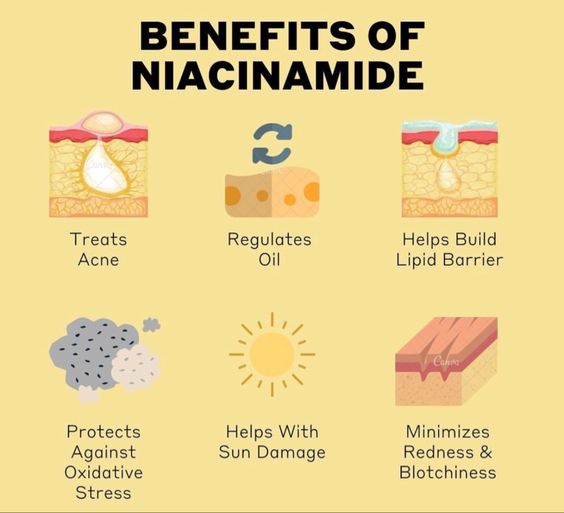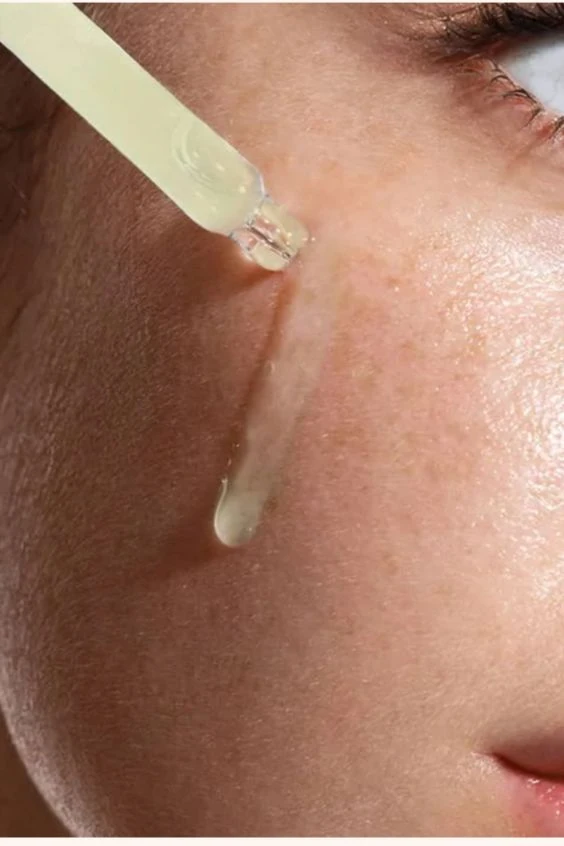This site contains affiliate links. I may earn a small commission, at no extra cost to you.
In this post we’ll discuss the difference between Cerave’s two retinol products: Cerave Skin Renewing Retinol Serum vs Cerave Resurfacing Retinol Serum.
I must also add here that some of these links are affiliate links – if you make a purchase via the links I might earn a small % comission.
Choosing a retinoid product can be confusing, but once you’ve found one you get along with the results can be amazing. I am certainly hooked after nearly 4 years of using a retinoid!

But what kind of benefits can you expect when using a retinoid and who is best suited?
Key benefits of retinol use:
- Retinoids can even out skin texture to create a smoother skin
- They can lighten dark spots due caused by sun damage
- Retinoids help with fading the appearance of post-acne marks and acne scars, making them ideal for uneven skin tone
- Improves skin conditions like acne – acne-prone skin loves retinol!
- Anti ageing: retinol prevents and reduces the appearance of fine lines, early signs of ageing and boosts collagen production
Can teenagers use retinol?
Retinoids are the gold standard in dermatology for treating acne, and now anti-ageing. People often confuse this.
I get comments all the time on videos where people ask if they’re ‘too young’ for retinol or retinoids. The truth is that retinoids were first designed for acne, and over the years we observed the retinoid patients to age much “better” than people not using retinoids!
The only danger is misuse of the product, so if you’re under 18 you’ll want to speak with your doctor first.
However, retinoids are prescribed to teens all the time, just under different names: Epiduo, Differin/Adapalene and sometimes Tretinoin. If you’re a teenager worried about using retinoids, check out my blog post Can Teens Use Retinol?
Cerave Resurfacing Retinol Serum vs Skin Renewing

So let’s get into the Cerave products comparison. When you compare the ingredient lists there are a few obvious differences between the active ingredients in both products.
Key ingredients in Cerave retinol serums

Both serums contain retinol and ceramides (obvious), but Cerave Resurfacing Retinol Serum contains:
- 0.3% retinol
- Ceramides
- A slightly larger amount of niacinamide
- Licorice root extract
- Sodium hyaluronate
Whereas Cerave Skin Renewing Retinol Serum contains:
- Retinol (I could not find the % but I assume they are the same)
- Ceramides
- Niacinamide
- Hyaluronic acid
- A small amount of shea butter

So they are both very similar, but do have key differences. Let’s look at what the ingredients really mean for acne-prone skin, to help you decide which is better for you – i’ll share my opinion at the end about which is best for acne!
Niacinamide in Cerave retinol

In case you’re not familiar with niacinamide, it has several benefits including:
- Reducing the appearance of large pores
- Enhances the skin’s natural barrier. Our skin has a protective skin barrier that can be damaged when using retinoids and acids, so niacinamde helps to counter this effect
- Helps to improve uneven skin tone
- With prolonged use it can reduce sebum production, meaning less acne
Both formulas contain niacinamide, though the Cerave Resurfacing Retinol Serum contains just a little more. Probably not enough to sway you in either direction just based on this alone.
Licorice root extract

Or ‘liquorice’ if you’re in the UK! Liquorice root extract is a lovely, soothing ingredient that’s becoming more and more popular in skincare lately.
It’s definitely a good thing when a product contains it, especially if you have acne-prone or sensitive skin.
Licorice root extract has two main uses in skincare: to soothe skin and reduce skin irritation, and to help fade acne marks old and new.
It feels obvious to me that Cerave have definitely created this retinol for people who are regular acne sufferers looking to reduce their breakouts and even out their skin tone.
Essential ceramides

Cerave’s products nearly always contain their signature ceramides: ceramide np, ceramide ap and ceramide eop. You may already know, but ceramides are essentially fats found within our skin that make up our skin’s barrier.
When you have a compromised skin barrier, you’ll want to use a product that contains ceramides to help ‘glue’ it all back together. You might be wondering whether they’re still necessary to use if your skin barrier isn’t damaged – the answer is no, they’re not necessary BUT I’d still recommend it.
I do, personally. I use a barrier serum morning and night because I use retinoids weekly, so am at risk every week. If you use acids, actives and even just vitamin C, I highly recommend a barrier serum for clog-prone skin.
Ceramides are also fantastic for dry skin and basically all skin types.
So what’s the difference between Cerave retinol serums?
All in all, it’s clear to me that the Cerave Resurfacing Retinol Serum is slightly better suited to younger skins with acne. Anywhere from 18-30 I would suggest using it to reduce acne and improve your skin’s texture.
When it comes to the Cerave Skin Renewing Retinol Serum, this feels more targeted to people who’re looking to see an improvement in overall skin quality, including fine lines, anti ageing and mild acne.
If you’re looking to use a retinoid for the first time to build an anti-aging skincare routine, I think this would be a great start.
It’s true, both formulas will treat acne and anti-ageing, but the licorice root extract in the Resurfacing formula suggests greater efficacy for acne, in my opinion.
Shop the Cerave Resurfacing Retinol Serum here.
Shop the Cerave Skin Renewing Retinol Serum here.
Where should retinol sit in your skin care routine?
Retinol cream can have a massively positive impact on the way your skin looks, but you need to use it correctly so here are some guidelines:
- Introduce it slowly – 1-2x per week for a few weeks, then 2-3x and up to 4-5x if you prefer
- Daily use isn’t necessary – if you’re happy with how your skin looks, you don’t have to keep increasing the frequency of application
- Apply it onto dry skin after cleansing, not damp!
- Don’t use it with salicylic acid or any other kind of exfoliating acid
Lastly, make sure you use a broad-spectrum sunscreen while using a retinoid. Your acne may improve, but without an SPF you’ll lose out on the anti-ageing benefits. Check out my sunscreens for acne post here.
Possible retinol side effects

It can take 2-3 months to adjust to retinol and within that timeframe you may notice some side effects. Because retinol speeds up skin cell turnover, sometimes you’ll see an increase in acne.
This is not new acne, although it can appear that way. This is acne that’s been forming under your skin for weeks and months, and the retinoid is bringing them out super fast! It is totally normal and expected.
Other side effects of retinol include:
- Dryness and flaky skin – don’t exfoliate it away
- Redness
- Some products might sting when you apply them, because your barrier is sensitive. If this happens, take a couple days off
Overall, if you’re looking for an effective product to refine the skin’s surface, contribute to reduced signs of ageing and acne, both of these could suit you well.
However, if you’re acne prone I recommend the blue bottle (Cerave Resurfacing Retinol Serum) and if you’re looking for something gentle to take the edge off ageing I recommend the purple (Cerave Skin Renewing).
This was the Difference Between Cerave Retinol Serums vs Skin Renewing.
You may also like:
- Water based cleansers for clog prone skin
- Barrier serums and creams for clog prone skin
- Is dermaplaning good for your skin?